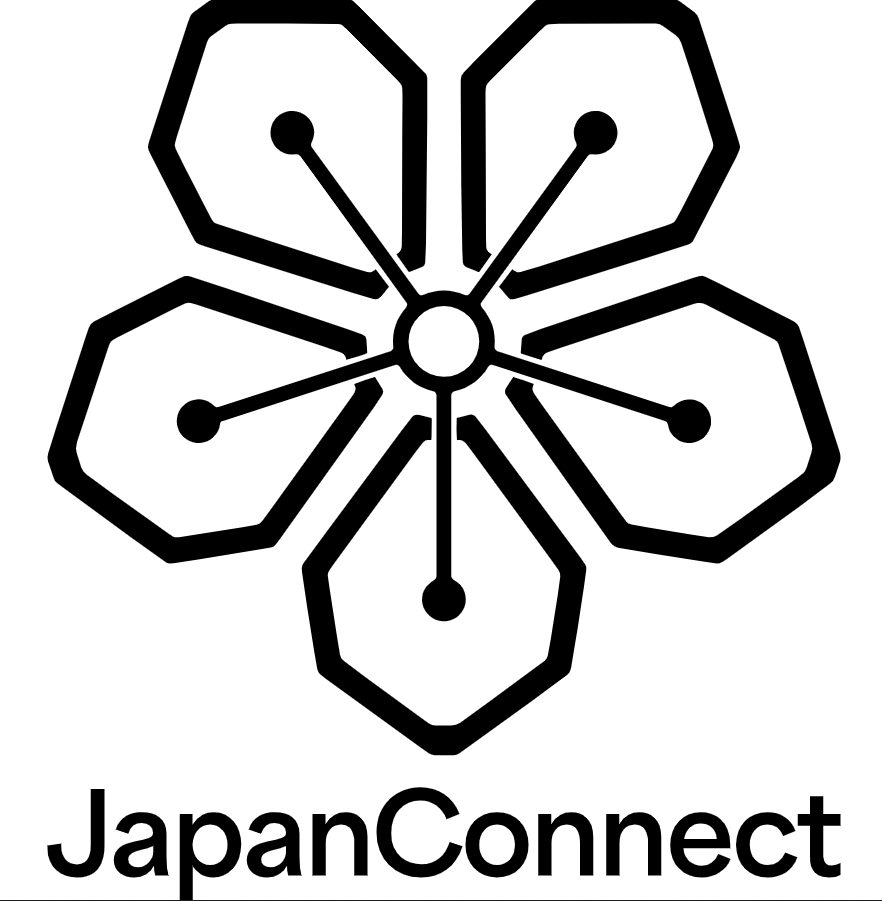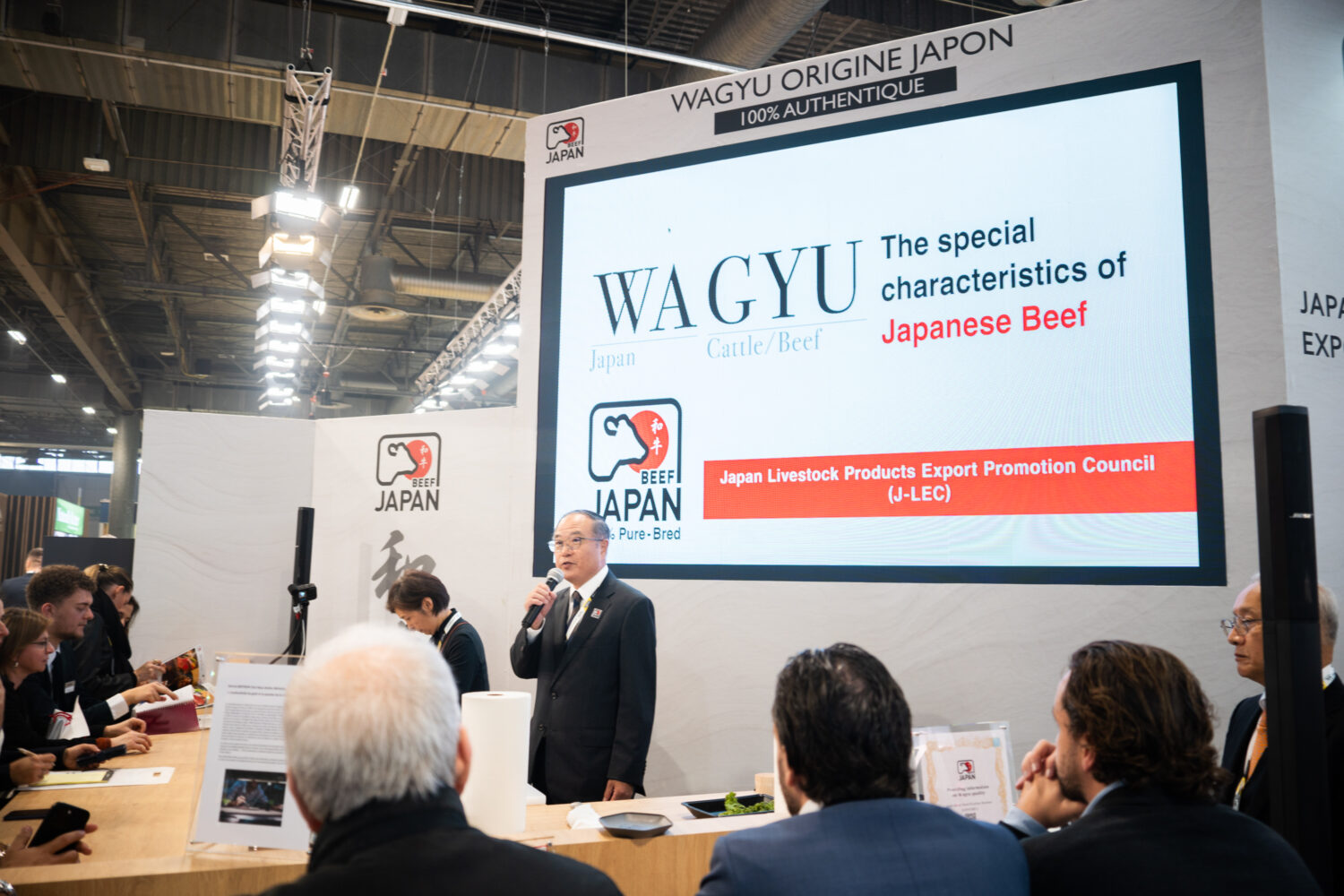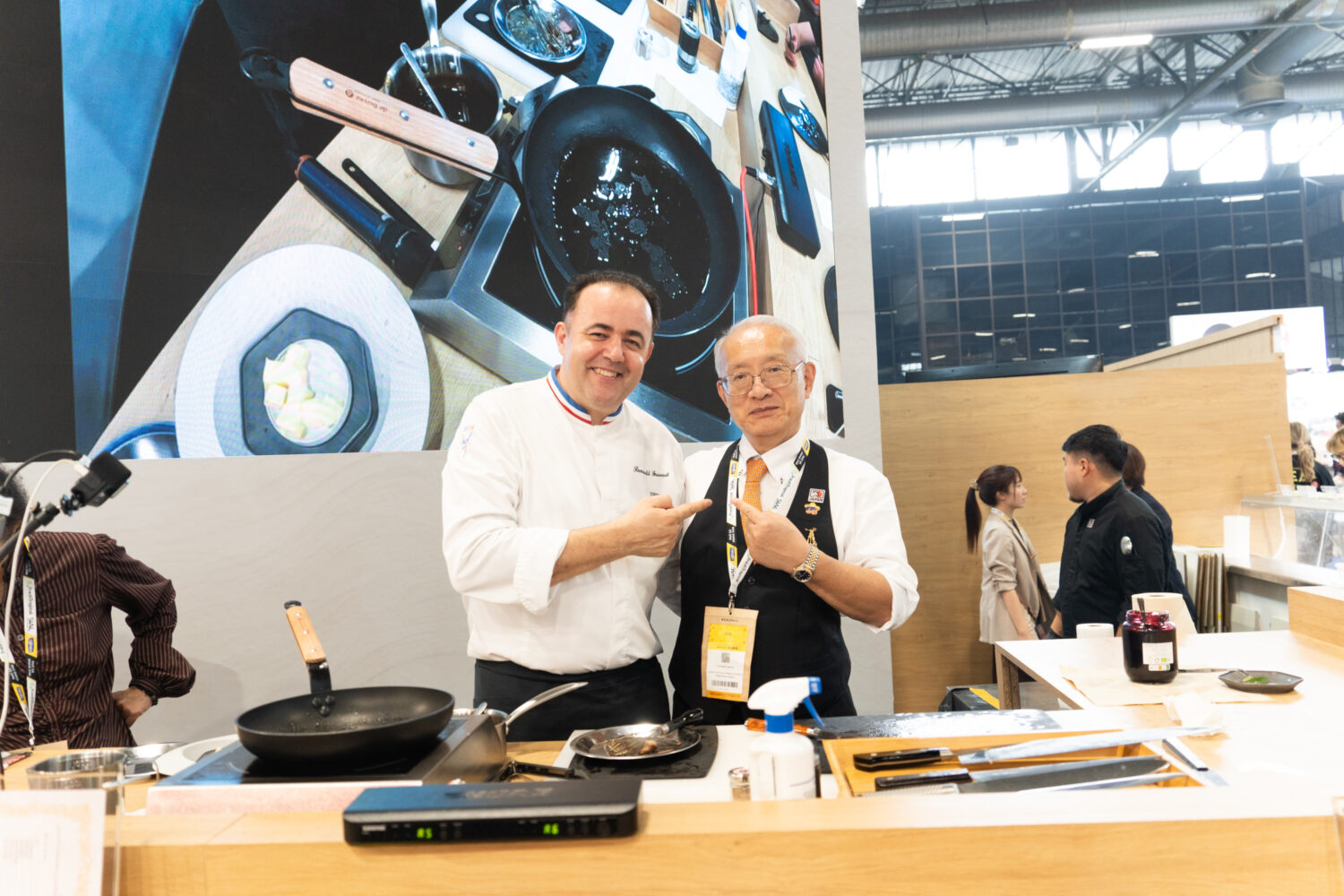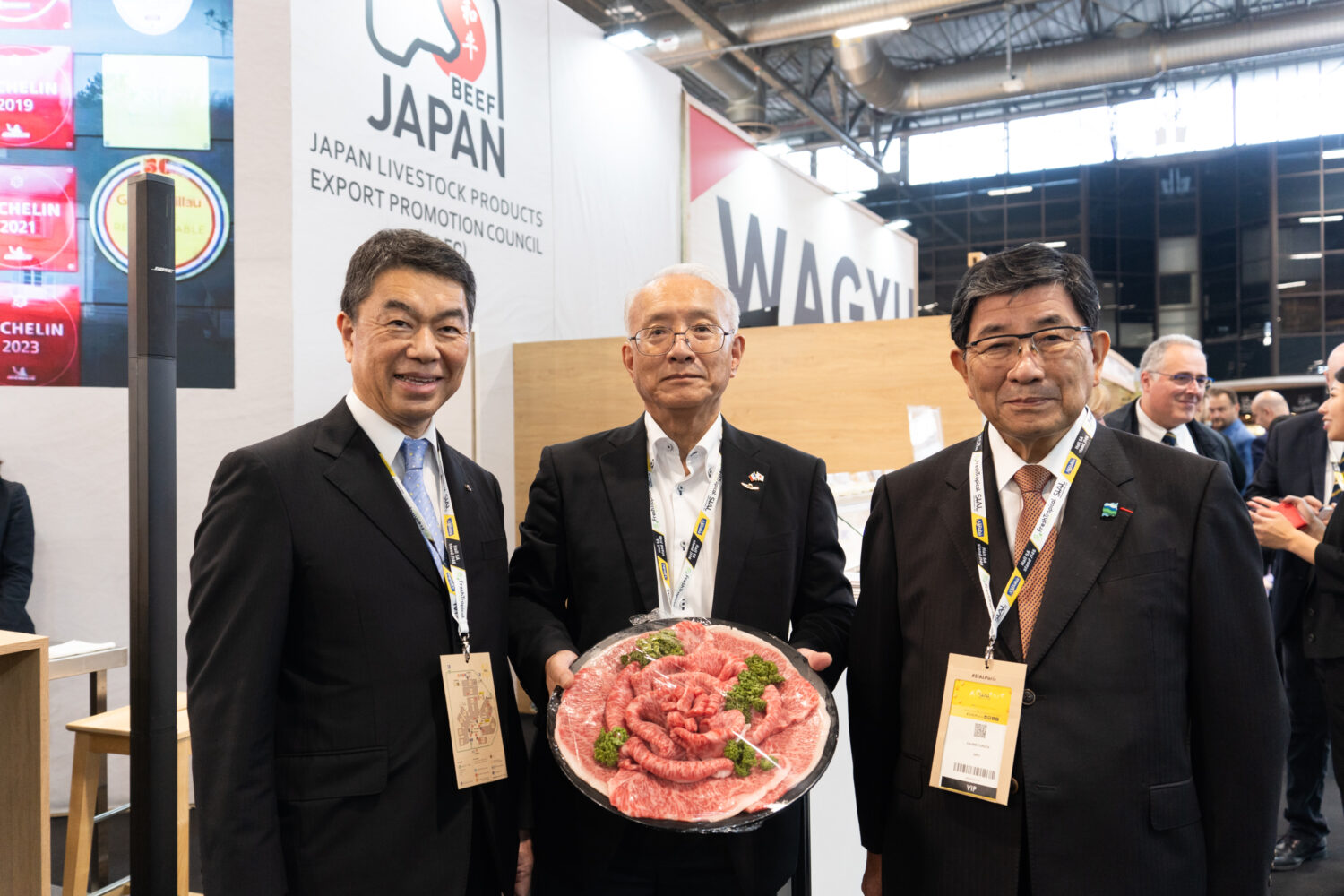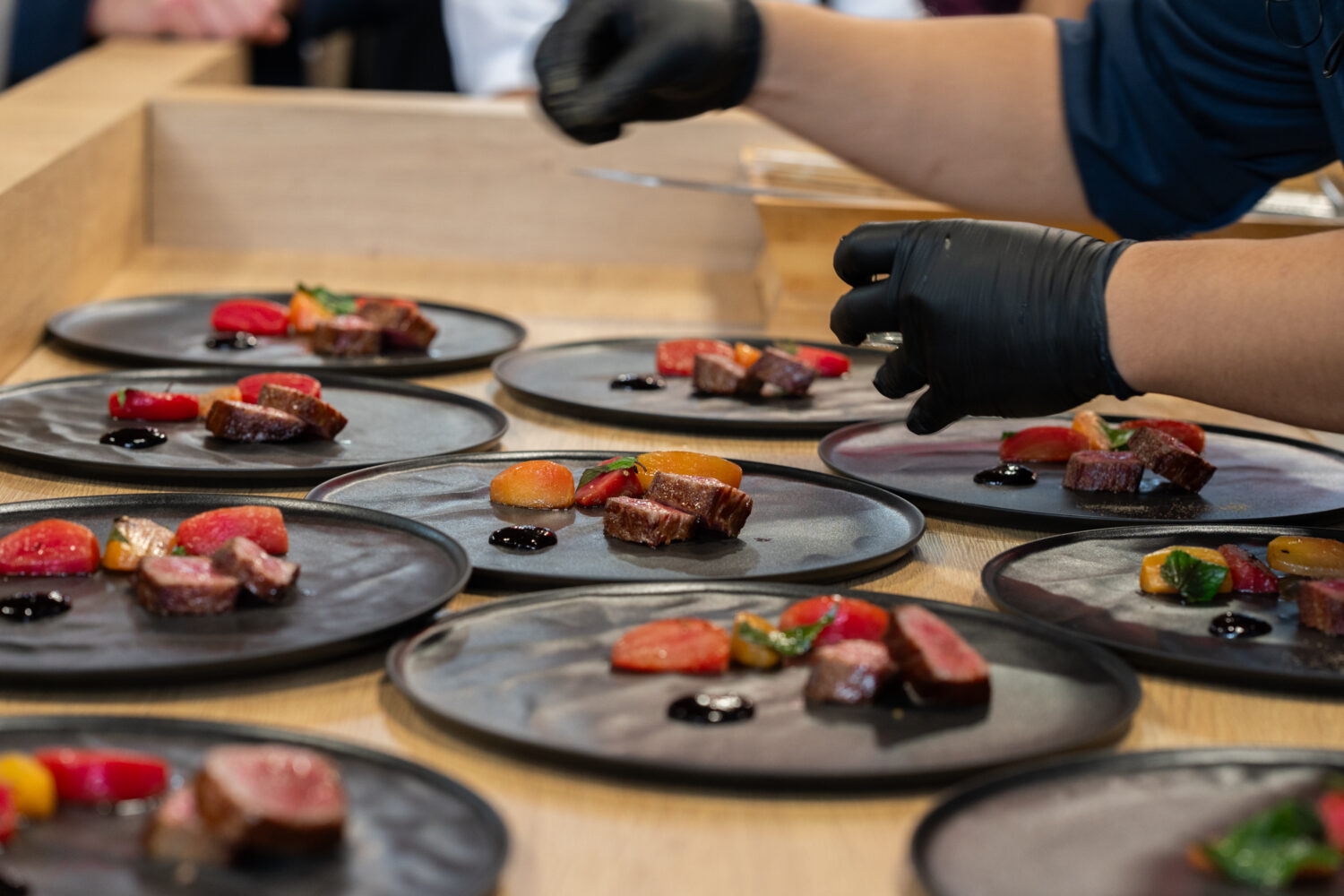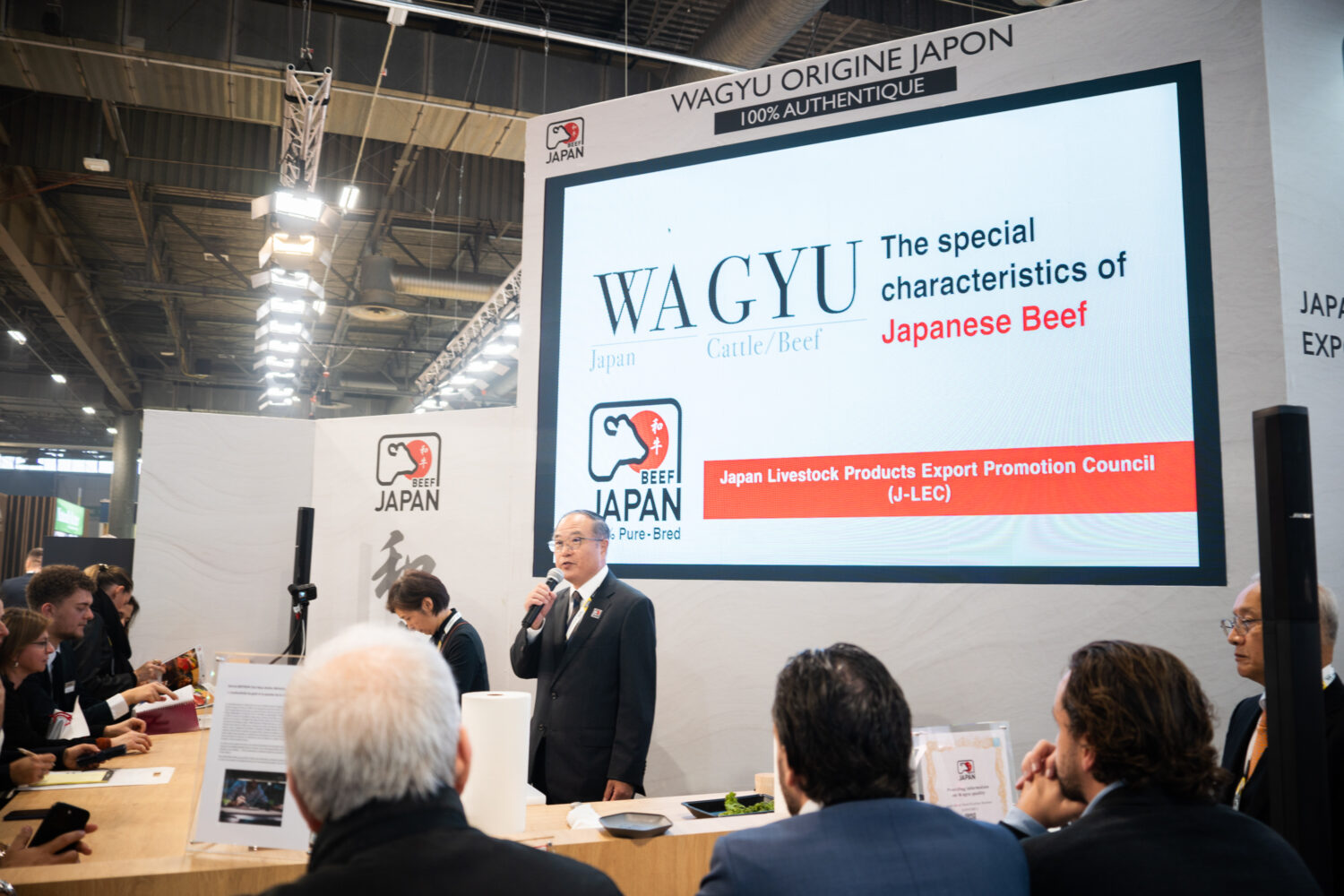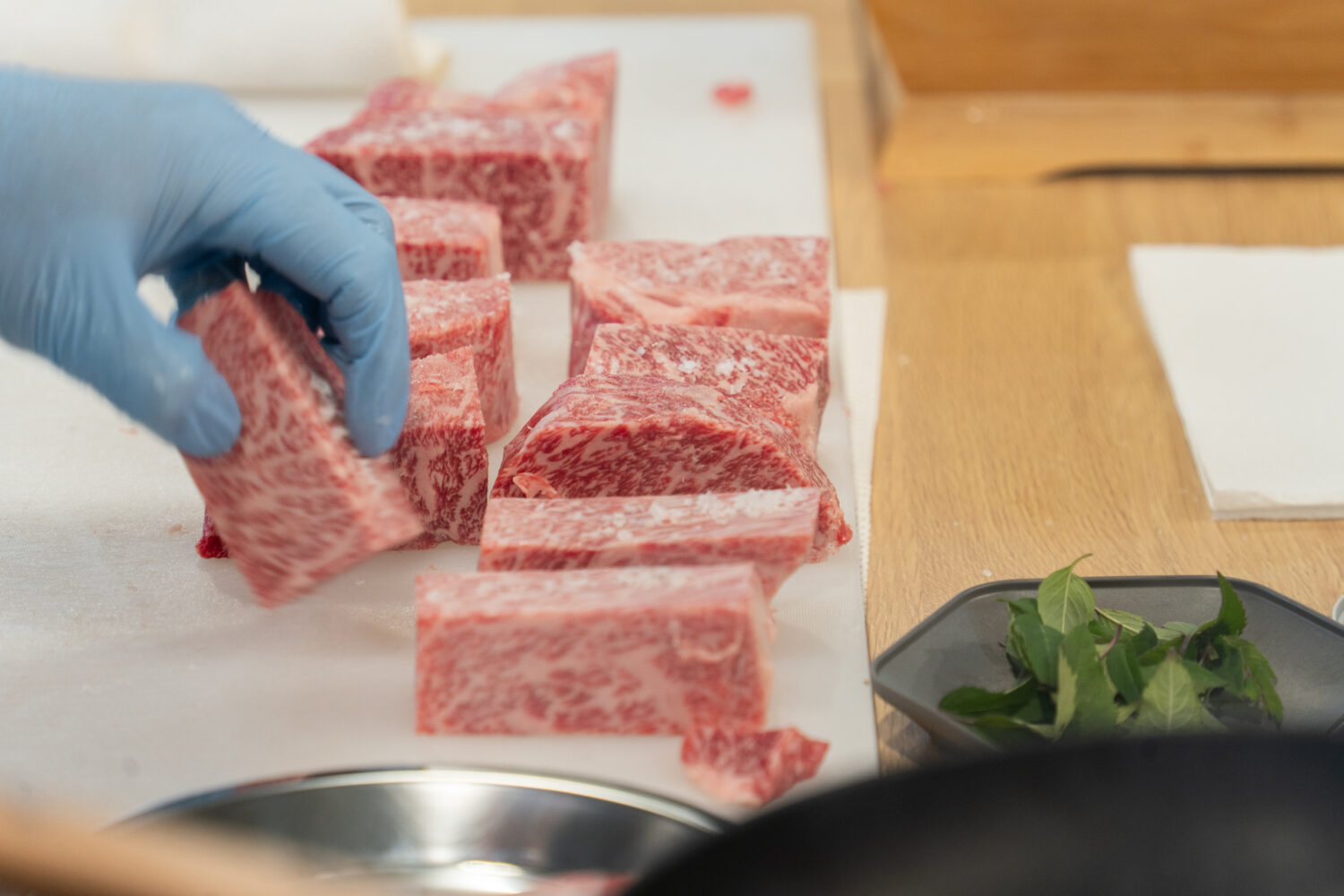Wagyu's European Expansion: More Than Just a Luxury Beef
Although Wagyu was once considered as a delicacy exclusive to Japan, the product has become part of a global culinary trend that is now found on high-end restaurant menus across Asia, Oceania, North America, and increasingly, Europe. Through targeted campaigns and collaborations, Japanese producers have expanded Wagyuʼs awareness beyond domestic borders to showcase the productʼs unique qualities, including its distinct marbling, amami (richness), and buttery texture. International expansion in the past has seen the production of the 2021 Wagyu Campaign3 that promoted Wagyu across five European countries, and the 2022 Wagyu Olympics4 that further highlighted Wagyuʼs appeal. These creative campaigns incorporate the voices of Japanese producers and stakeholders who help consumers understand the true uniqueness of Wagyu.These efforts, however, also present challenges, especially in introducing premium products like Wagyu to historically meat-centric European cultures. Countries such as France, Italy, and Germany have long-standing culinary traditions and deep connections to local meat producers, which can make adopting foreign products difficult. In regions where consumers are accustomed to traditional beef cuts, it takes time and education to shift perceptions and introduction of new products. Wagyu's higher price point and emphasis on flavor nuances also require careful messaging to differentiate it from other premium beef and meats already familiar to European consumers.
Despite these challenges, the presence of Wagyu in Europeʼs fine dining and gastronomy scene continues to grow, supported by chefs who are open to experimenting with its versatility and embracing the sustainable and ethical production and usage (such as “nose-to-tail cooking” methods). With educational help from Japanese producers, European chefs are also experimenting with secondary cuts, such as thighs and arms, to minimize waste and explore creative ways to showcase Wagyuʼs unique qualities. This approach aligns with efforts seen in Japanʼs Wagyu processing and consumption practices, which promote using all parts of the animal. As the demand for sustainable dining grows, European chefs continue to integrate Wagyu into their menus, not just as a luxury item, but as part of a broader culinary innovation strategy that emphasizes resourcefulness and respect for ingredients.
Wagyuʼs Authenticity and Potential for Creative Culinary Expression
Authentic Japanese Wagyu stands apart from other beef products, described earlier by its distinct qualities that are difficult to replicate in Wagyu-style beef produced elsewhere. Chef Romuald Fassenet, owner of Château Mont Joly5 and honored guest at Sial Paris 2024, was interviewed by JLEC at the event, reflecting on his experience visiting Japanese Wagyu producers: “[The visit] made me stop comparing Wagyu to beef from other countries or other types of meat, and instead, treat it as a distinct food category: 'Wagyu,ʼ” cementing the idea that renowned chefs and consumers can truly value and respect the qualities of Wagyu as a product of its own kind, through visibility and education of the Wagyu production process. Furthermore, the Quality Information System used in Japan ensures consistent excellence in breeding and production, further emphasizing Wagyuʼs focus on authenticity that not only preserves its reputation, but also sets it apart as a unique ingredient within the global market.Chef Fassenet emphasizes the importance of working with Wagyuʼs unique qualities in mind: “I strive to create dishes tailored to each type of Wagyu, respecting the unique aroma and sweetness of the fat emphasized by different producers. Rather than simply replacing beef in existing recipes with Wagyu, I explore new genres and adaptations specifically designed for Wagyu to highlight its unique qualities.”
Chefs also adapt Japanese techniques for local tastes. Chef Fassenet notes: “I find that thicker cuts of Wagyu, where the surface is caramelized for a crispy texture while keeping the inside juicy, best bring out its flavor. Iʼm not sure if this applies to all of Europe, but as a French chef, I believe itʼs a style that suits European palates.” He adds: “Itʼs easy to make a steak with ribeye or sirloin, but I believe itʼs more important to explore diverse cooking methods and recipes to enjoy Wagyu to its fullest.” These unique qualities inspire chefs across Europe to reimagine traditional dishes and create new culinary experiences using Wagyu as the centerpiece.
Sial Paris 2024: Showcasing Wagyu's Versatility
At Sial Paris, there was an entire section dedicated to showcasing Japanese food products, including JLECʼs promotion of Wagyu. Their booth showcased the diversity within the Wagyu industry all across Japan, while also featuring live cooking demonstrations and culinary presentations, offering visitors a chance to experience Wagyu in both fine-dining dishes and more accessible, at-home cooking formats. The expo also educated visitors on ways to use Wagyuʼs various cuts in order to promote sustainable use practices that are becoming more valued in the culinary world.Wagyu was presented not just as a luxury item but as a flexible ingredient that can fit a variety of culinary contexts. Chefs demonstrated how Wagyuʼs rich flavor and texture make it ideal for both intricate gourmet dishes and casual applications, emphasizing its potential for a broader audience beyond elite dining establishments. This approach aligns with JLECʼs long-term goal of integrating Wagyu into everyday European cuisine while maintaining its status as a premium product.
Long-Term Goals and Perspectives for Wagyu in Europe:Beyond Sial Paris 2024
Japanese producers see Sial Paris as a core component in building momentum for expanding Wagyu's presence across Europe. Through current and future partnerships, events, and promotion of its proud roots, the strategy focuses on establishing Wagyu as more than a luxury product, to a product that is prestigious, yet, accessible.Moreover, Wagyuʼs values in ethical sourcing and sustainable usage has potential to strengthen its position in Europeʼs evolving culinary landscape and global trends. Chef Fassenet emphasizes: "In France, using various cuts-like simmering shank meat orcaramelizing brisket-is deeply rooted in our food culture. I feel it is my duty to transform as much of the animal as possible into delicious dishes," a value that extends to his own use of Wagyu.
Wagyuʼs success in Europe will be reflected by how well chefs and consumers understand its one-of-a-kind qualities. While Wagyu has already gained global recognition, consumer education and authenticity issues still remain as challenges. European consumers need more exposure to Wagyuʼs distinct attributes to fully appreciate it beyond its reputation as a luxury product - a challenge that its presence at Sial Paris put effort into combatting. The key message is to highlight Wagyu, not only as a luxury product, but as a versatile ingredient that aligns with modern gastronomic trends. Through these efforts, Wagyu continues to integrate into fine- dining as well as everyday cooking, appealing to both chefs and consumers alike.
In the face of deep-rooted traditional culinary arts in Europe, Chef Fassenet highlights the importance of culinary creativity in the future of promoting Wagyu: "At my restaurant and others across Europe, we encourage this creativity - if twenty chefs were given the same ingredients, they would come up with twenty different recipes. I believe itʼs important to explore and offer these diverse ways to cook and enjoy Wagyu." This creativity, flexibility, and diversity, become important factors for Wagyu to thrive in Europeʼs diverse and well-established markets.
Insights from the Wagyu Brochure6 and Wagyu Beef Cutting Guide7 help leverage future campaigns with focus on educating consumers about the unique qualities of Wagyu and addressing challenges related to authenticity and market penetration in well-established meat-consuming regions. JLECʼs strategic efforts in positioning Wagyu on par with growing culinary trends and ethical values will help promote the product as a leading force in global gastronomy that builds upon the momentum from Sial Paris 2024, helping to shape its presence in Europe and beyond.
By Nina Cataldo ,Journalist.
The stories and materials above are provided by AFPBB News. Feel free to feature these stories in your own media.
